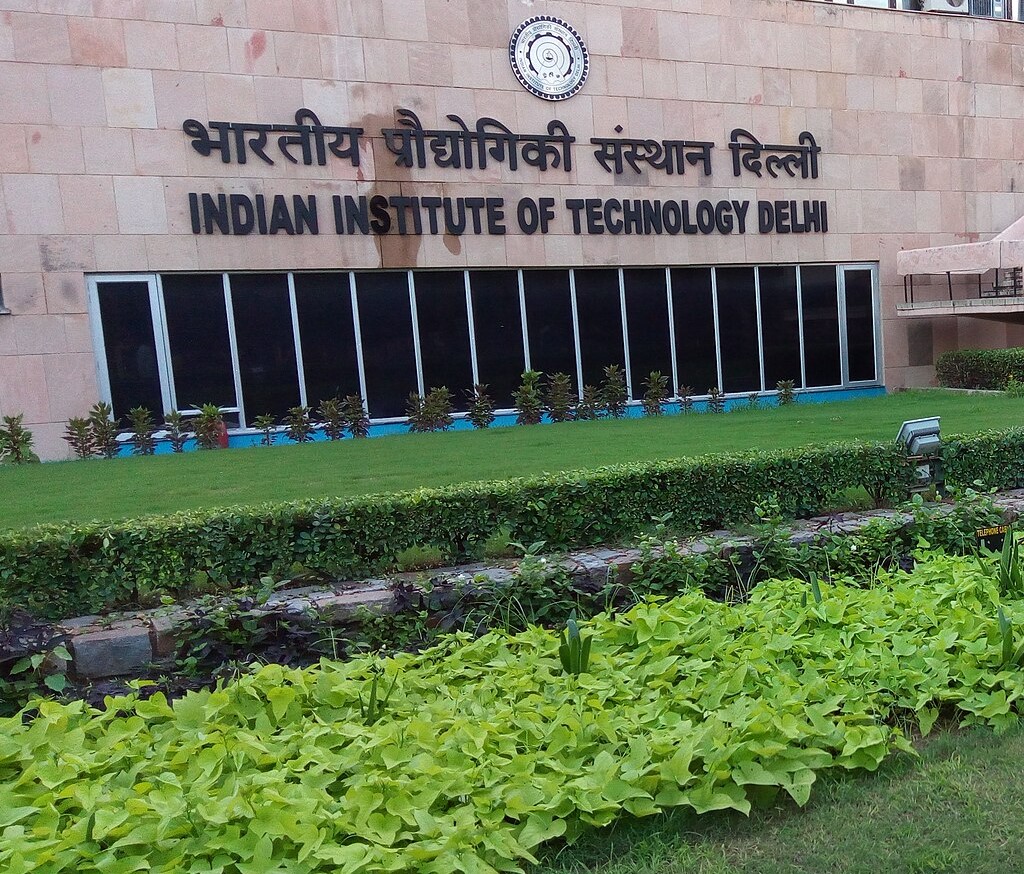Future of Technology at its best can be named as Artificial Intelligence (AI). A.I. has become a defining asset of our time, which affects national security, economic development, human rights, social media, and many other domains. Virtually every industry and sector make use of the ever-increasing hype around AI to add “freshness” to their brand and product lineup.
Artificial Intelligence (A.I.):
In Simple words “In theory, any element of learning or any other function of intelligence can be defined so precisely that it can be rendered to simulate a machine.” John McCarthy proposed Artificial Intelligence at the Dartmouth Conference together with other scientists in 1955. AI is a machine that can solve human problems without natural intelligence.
Principle behind Artificial intelligence is that human intelligence can be represented in such a way that it can be easily imitated and replicated by a machine, from the simplest to the more complex ones.A computer can be an example of a form of AI when it learns to improve itself and solve the problems.
E.g. of Artificial Intelligence (AI) – Machine learning, computer vision, Natural language processing, robotics, pattern recognition, and knowledge management.
Application:
There are endless applications in which Artificial intelligence is used. A few of them are listed below.
- Optical character recognition
- Handwriting recognition
- Speech recognition
- face recognition
- Artificial creativity
- Computer vision, virtual reality, and image processing
- Photo and video manipulation
- Diagnosis (artificial intelligence)
How Intelligence plays a role in it?
Jack Copeland proposed some of the most important factors of AI which are as follows.
- Generalization learning – Teaching that improves the performance of the learner in conditions not previously experienced.
- Reasoning – This refers to, to draw the correct conclusion to the situation in the brain.
- Problem-solving – When one is given some Data and have to find X.
- Perception – Evaluating a scanned system and evaluating features and object relationships. E.g. Self-driven cars
- Language Understand – Comprehending language by following syntax and other human-like roles.
Seven Aspects of AI:
- Simulating higher functions of the human brain
- Programming a computer to use general language
- Arranging hypothetical neurons in a manner so that they can form concepts
- A way to determine and measure problem complexity
- Self-Improvement
- Abstraction defined as the quality of handling ideas and not events
- Randomness and creativity
Different types of Artificial Intelligence In terms of approach:
| Strong Artificial Intelligence (AI) | Weak Artificial Intelligence (AI) |
| Simulating the human brain by building systems that think and, in a process, gives us how the human brain works. | Behaves like a human but does not give information on how the human brain works. |
| E.g. – Alpha Go zero | E.g. – IBM deep blue (Chess-playing AI), Alexa, Google assistance, self-driven cars |
There is a middle ground between strong and weak AI which is where a program is influenced by human reasoning but need not stick to it. For e.g. IBM’s Watson. Machine learning is a type of AI that enables computers to learn without programming when exposed to new data.
There is strong Artificial Intelligence Demand these days because of the following factors:
- More Computational Power
- Big Data at present (Process a high number of data)
- Better Algorithms
- Broad Investments (Famous companies like Tesla, Microsoft, Apple, and various others are investing in this technology)
Artificial Intelligence is growing enormously in both the fields be it role of artificial intelligence in education or economy. AI will drive the economy of tomorrow as well as it is seeping into every aspect of our lives and we are just getting better. Technology-wise it will make us more productive and will create new opportunities. Artificial intelligence in future going to be extremely helpful.
Elson Musk, CEO of Tesla, SpaceX shared how Artificial Intelligence is used by Tesla for self-driven cars. NHTSA performed a relatively primitive analysis on Tesla’s Autopilot version 1 and found that there is a 45 percent reduction in road accidents, despite the fact that Autopilot 1 is only version 1. Version 2 will be 2 or 3 times better, that’s the current version running right now. This year, self-driving is expected to cover essentially all driving modes and be 100 to 200 percent safer at least than a person.
The rate at which the improvement occurring is commendable. We also need to find a way to make sure the rise of digital super-intelligence is adaptive to humanity.
According to Sundar Pichai proposed in one of his interviews that the most important thing humanity has worked upon and if more profound. We need to maximize the benefits as we work upon, along with mitigating the downside. AI overtime offers a different model, stuff that is limited and looks like the zero-sum game today may not be so in the future. So, a lot of things are meant to be better than people think.
Source / Reference:
1. https://www.cnbc.com/2018/03/13/elon-musk-at-sxsw-a-i-is-more-dangerous-than-nuclear-weapons.html (Interview of Sundar Pichai and Elon Musk)
2. https://progressive.in/artificial-intelligence-new-fuel-digital-transformation (Information of AI)



